Home>Gardening & Outdoor>Plant Care & Gardening Tips>Why I Landscape With Native Plants: Wildflower Association Of Michigan
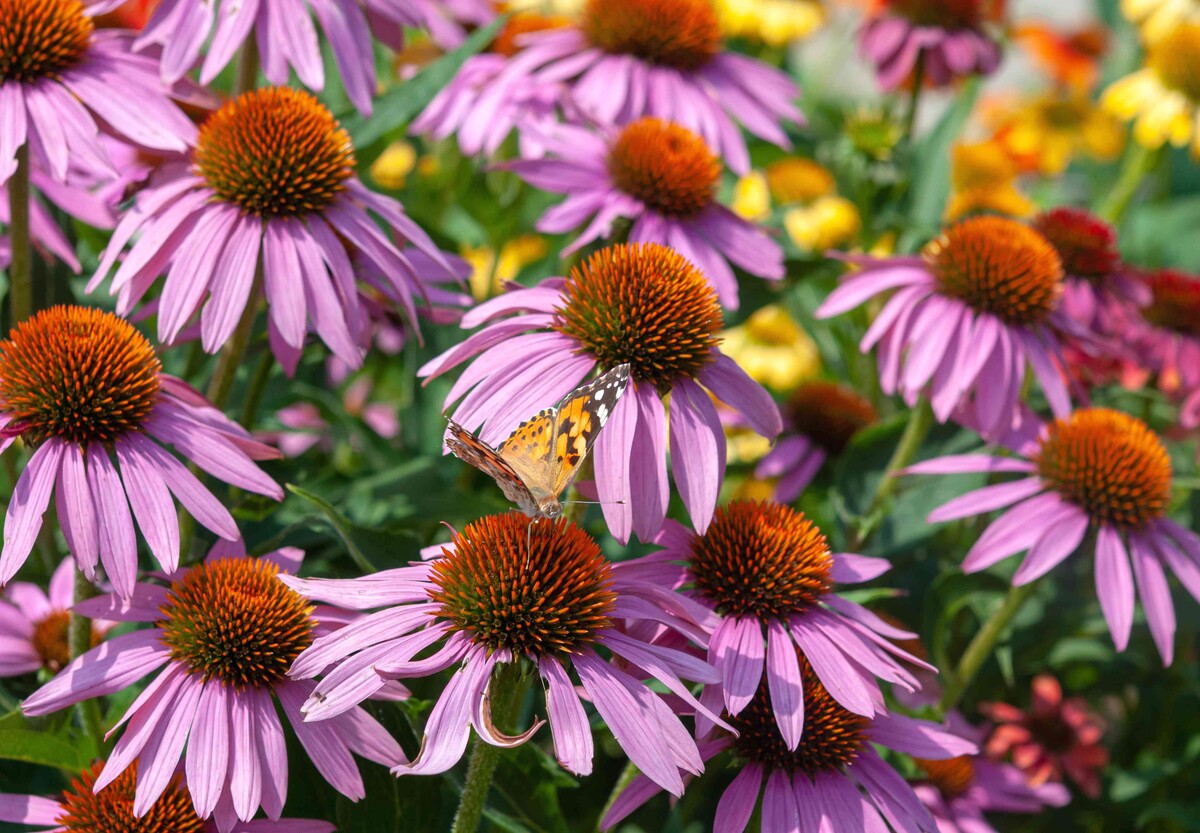

Plant Care & Gardening Tips
Why I Landscape With Native Plants: Wildflower Association Of Michigan
Modified: January 6, 2024
Discover the benefits of landscaping with native plants and get expert plant care and gardening tips from the Wildflower Association of Michigan. Enhance your garden with sustainable and beautiful flora today!
(Many of the links in this article redirect to a specific reviewed product. Your purchase of these products through affiliate links helps to generate commission for Storables.com, at no extra cost. Learn more)
Introduction
Welcome to the world of native plant landscaping, where the beauty of nature meets the art of gardening. As a passionate advocate for sustainable and eco-friendly gardening practices, I have discovered the myriad benefits of incorporating native plants into my landscape. Whether you’re a seasoned gardener or just beginning to explore the wonders of gardening, understanding the value of native plants can transform the way you approach landscaping.
When I first embarked on my journey to create a vibrant and thriving garden, I was drawn to the idea of using native plants for their unique ability to harmonize with the local environment. Little did I know that this decision would not only enhance the aesthetic appeal of my landscape but also contribute to the preservation of local ecosystems and wildlife.
In this article, I am excited to share my insights into the remarkable advantages of landscaping with native plants. From their environmental benefits to their low maintenance requirements and their ability to create a diverse and resilient landscape, native plants have the power to revolutionize the way we approach gardening and landscaping. Join me as we delve into the captivating world of native plant landscaping and discover the countless reasons why it has become a cornerstone of my gardening philosophy.
Key Takeaways:
- Embracing native plant landscaping supports local wildlife, reduces water consumption, and promotes a resilient ecosystem, creating a visually captivating and environmentally sustainable garden.
- Native plant landscaping offers low maintenance, cost-effective gardening, while creating a diverse and authentic landscape that reflects the natural beauty and ecological richness of the region.
Environmental Benefits of Native Plants
Native plants play a crucial role in promoting environmental sustainability and preserving the delicate balance of local ecosystems. Unlike non-native species, native plants have evolved over centuries to thrive in specific regions, making them well-suited to the local climate, soil conditions, and wildlife interactions. By incorporating native plants into your landscape, you are contributing to a range of environmental benefits that extend far beyond the boundaries of your garden.
Biodiversity Preservation: One of the most significant advantages of using native plants is their ability to support and enhance local biodiversity. These plants provide essential habitats and food sources for native wildlife, including birds, insects, and small mammals. By cultivating a diverse array of native species, you can create a thriving ecosystem within your own backyard, fostering a harmonious coexistence between plants and wildlife.
Water Conservation: Native plants are well-adapted to local precipitation patterns, reducing the need for excessive watering once established. Their deep root systems help prevent soil erosion and improve water retention, making them invaluable allies in sustainable water management. By choosing native plants, you can minimize water consumption in your landscape, contributing to conservation efforts and promoting ecological resilience.
Soil Health and Nutrient Cycling: The presence of native plants can significantly improve soil quality by promoting nutrient cycling and microbial activity. As these plants shed leaves and organic matter, they contribute to the natural enrichment of the soil, fostering a healthy and fertile growing environment. Additionally, the deep roots of many native species help improve soil structure, reducing the risk of erosion and enhancing overall soil health.
Carbon Sequestration and Air Quality: Native plants play a vital role in sequestering carbon dioxide from the atmosphere, mitigating the impacts of climate change. By incorporating native trees and shrubs into your landscape, you can contribute to carbon sequestration efforts while also improving local air quality. The presence of native vegetation helps filter pollutants and particulate matter, creating a healthier environment for both humans and wildlife.
By embracing the environmental benefits of native plants, you can actively participate in the conservation of natural resources and the protection of local ecosystems. The collective impact of incorporating native plants into landscapes across communities can contribute to a more sustainable and resilient environment, ensuring a brighter future for generations to come.
Supporting Local Ecosystems
When you choose to landscape with native plants, you are not only creating a visually stunning garden but also actively supporting the intricate web of life within your local ecosystem. Native plants have co-evolved with native wildlife, forming essential relationships that contribute to the health and balance of the ecosystem. By incorporating these plants into your landscape, you can play a vital role in preserving and restoring the natural biodiversity of your region.
Wildlife Habitat Creation: Native plants provide essential food sources, shelter, and nesting sites for a wide variety of wildlife, including birds, butterflies, bees, and other pollinators. By cultivating a diverse array of native species, you can create a welcoming habitat that supports the life cycles of numerous native organisms. This, in turn, contributes to the overall resilience and sustainability of the local ecosystem.
Pollinator Support: Many native plants have evolved intricate relationships with native pollinators, making them indispensable for the survival of these essential species. By planting native flowers, shrubs, and trees, you can provide vital nectar and pollen sources for bees, butterflies, and other pollinating insects. This not only enhances the beauty of your garden but also contributes to the health and stability of local pollinator populations.
Reduction of Invasive Species: By prioritizing native plants in your landscaping efforts, you can help reduce the spread and impact of invasive plant species. Invasive plants often outcompete native species, disrupting the delicate balance of local ecosystems and threatening native wildlife. By creating a landscape dominated by native plants, you can actively combat the proliferation of invasive species and contribute to the restoration of natural habitats.
Resilience to Environmental Changes: Native plants are uniquely adapted to the specific climatic conditions and soil types of their native regions. As a result, they often exhibit greater resilience to local environmental stressors, such as drought, extreme temperatures, and pests. By incorporating native plants into your landscape, you can create a more resilient and self-sustaining ecosystem that is better equipped to withstand environmental challenges.
By supporting local ecosystems through the use of native plants, you can become a steward of biodiversity and ecological balance in your community. Your efforts to create a welcoming haven for native wildlife will contribute to the preservation of natural heritage and the promotion of a thriving and resilient local environment.
When landscaping with native plants, choose species that are well-suited to your local climate and soil conditions. This will help them thrive with minimal maintenance.
Low Maintenance and Cost-Effective Landscaping
Native plant landscaping offers a multitude of benefits beyond its environmental and ecological contributions. One of the most appealing aspects of incorporating native plants into your landscape is the potential for low maintenance and cost-effective gardening. These plants are well-adapted to local conditions, making them inherently resilient and less demanding in terms of care and resources.
Reduced Water and Resource Requirements: Native plants are naturally suited to the precipitation patterns and soil conditions of their native regions, often requiring minimal supplemental watering once established. By choosing native species for your landscape, you can significantly reduce water consumption, leading to lower utility bills and a more sustainable approach to gardening. Additionally, the reduced need for fertilizers and pesticides further contributes to cost savings and environmental stewardship.
Minimal Pruning and Trimming: Many native plants have evolved to thrive in their natural habitats without the need for extensive pruning or shaping. Their growth habits and natural forms often lend themselves to a more relaxed and organic aesthetic, reducing the time and effort required for maintenance. This not only simplifies gardening tasks but also allows the unique beauty of native plants to shine through in a more authentic and uncontrived manner.
Long-Term Durability and Resilience: Native plants are well-equipped to withstand the challenges of local climates and environmental conditions, exhibiting greater resilience to pests, diseases, and extreme weather events. By establishing a landscape dominated by native species, you can create a durable and self-sustaining garden that requires less intervention and maintenance over time. This long-term durability translates to cost savings and a more sustainable approach to landscaping.
Enhanced Soil Health and Stability: The deep root systems of many native plants contribute to improved soil structure and stability, reducing the need for extensive soil amendments and maintenance. As these plants naturally enrich the soil with organic matter and foster beneficial microbial activity, they create a fertile and balanced growing environment that requires minimal intervention. This results in healthier, more resilient plants that can thrive with minimal input.
By embracing low maintenance and cost-effective landscaping with native plants, you can enjoy the beauty of a thriving garden while minimizing the time, resources, and expenses typically associated with traditional gardening practices. The inherent resilience and adaptability of native plants make them ideal choices for creating sustainable and budget-friendly landscapes that enrich the environment and the community.
Creating a Unique and Diverse Landscape
Embracing native plant landscaping offers a remarkable opportunity to craft a landscape that is both distinctive and ecologically rich. By incorporating a diverse array of native species, you can create a tapestry of colors, textures, and forms that reflects the natural beauty of your region while providing essential habitats for local wildlife. The unique characteristics of native plants contribute to a sense of place and authenticity, making your landscape a captivating reflection of the local environment.
Seasonal Interest and Diversity: Native plants offer a rich tapestry of seasonal interest, with a diverse range of flowering times, foliage colors, and seed heads that evolve throughout the year. By carefully selecting a variety of native species, you can ensure that your landscape remains visually engaging and dynamic across different seasons, creating an ever-changing canvas of natural beauty.
Ecological Harmony and Balance: The use of native plants allows you to create a landscape that mirrors the intricate balance and diversity of natural ecosystems. By establishing communities of native flora, you can foster complex interactions between plants, insects, birds, and other wildlife, contributing to a thriving and harmonious environment. This ecological harmony enhances the resilience and sustainability of your landscape while providing essential resources for local wildlife.
Distinctive Aesthetic Appeal: Native plants offer a diverse array of shapes, sizes, and growth habits, allowing you to craft a landscape that is uniquely suited to your preferences and the character of your property. From graceful grasses to vibrant wildflowers and majestic trees, native plants provide an extensive palette for creating a landscape that is both visually striking and deeply connected to the natural heritage of your region.
Connection to Local Ecology and History: By incorporating native plants into your landscape, you can establish a profound connection to the ecological and cultural history of your region. Many native species hold significant ecological, medicinal, or cultural value, enriching your landscape with layers of meaning and significance. This connection to local ecology and history adds depth and resonance to your garden, fostering a sense of stewardship and appreciation for the natural world.
By embracing the diversity and unique characteristics of native plants, you can create a landscape that is not only visually captivating but also deeply rooted in the ecological and cultural heritage of your region. Through thoughtful selection and design, you can cultivate a rich and authentic landscape that celebrates the beauty and resilience of native flora while providing essential support for local ecosystems.
Read more: When To Plant Wildflower Seeds In Michigan
Conclusion
As I reflect on my journey of landscaping with native plants, I am continually inspired by the profound impact these plants have had on my garden, the local environment, and the community at large. The decision to embrace native plant landscaping has not only transformed the aesthetic appeal of my landscape but has also deepened my connection to the natural world and enriched the ecological fabric of my surroundings.
From the environmental benefits of preserving biodiversity and conserving resources to the support of local ecosystems and the creation of a resilient and diverse landscape, native plant landscaping has become a cornerstone of my commitment to sustainable and eco-conscious gardening. The beauty of native plants lies not only in their visual allure but also in their ability to foster a sense of place, authenticity, and ecological harmony within the landscape.
As you embark on your own journey of exploring native plant landscaping, I encourage you to embrace the unique opportunities and rewards that come with cultivating a garden rooted in the natural heritage of your region. By choosing native plants, you can become a steward of local biodiversity, a champion of ecological resilience, and a curator of a landscape that reflects the timeless beauty and wisdom of nature.
Together, let us celebrate the remarkable diversity and resilience of native plants, recognizing them as invaluable allies in our efforts to create sustainable, vibrant, and thriving landscapes. By weaving the tapestry of native flora into our gardens, we contribute to a legacy of environmental stewardship, ecological richness, and enduring beauty that will inspire and nourish generations to come.
Join me in the journey of native plant landscaping, and let us cultivate landscapes that not only captivate the eye but also nourish the soul and sustain the intricate web of life that surrounds us.
Frequently Asked Questions about Why I Landscape With Native Plants: Wildflower Association Of Michigan
Was this page helpful?
At Storables.com, we guarantee accurate and reliable information. Our content, validated by Expert Board Contributors, is crafted following stringent Editorial Policies. We're committed to providing you with well-researched, expert-backed insights for all your informational needs.
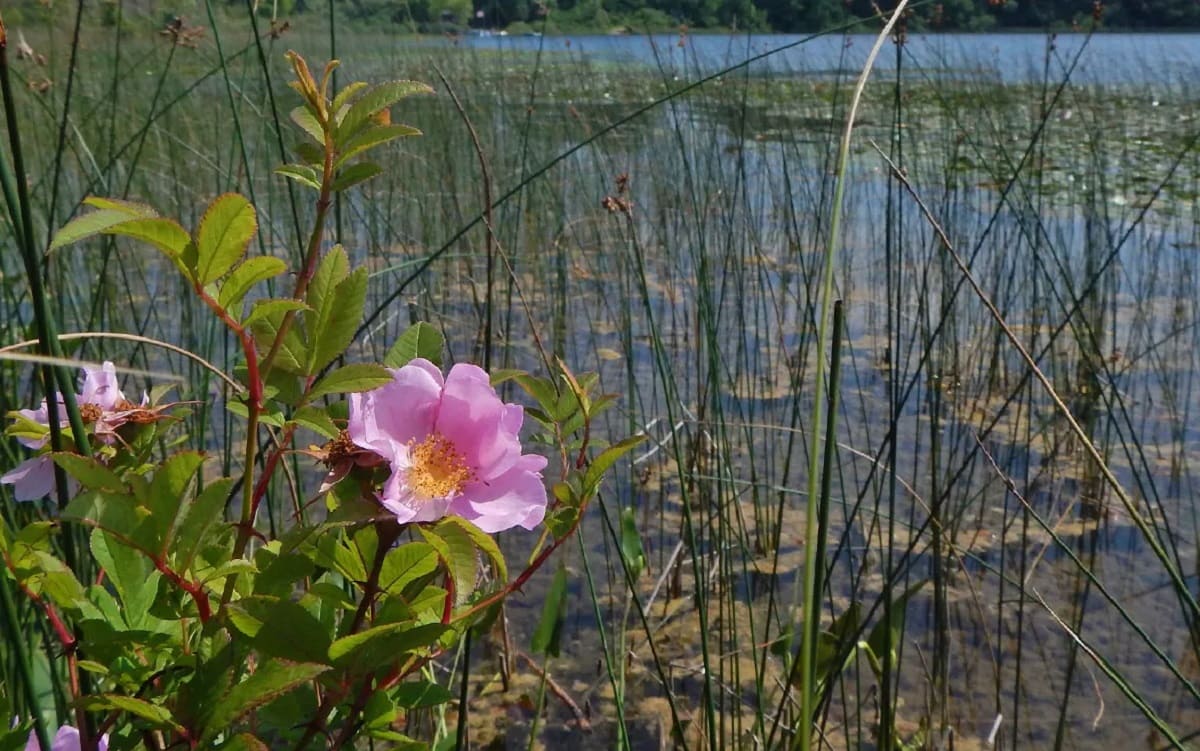
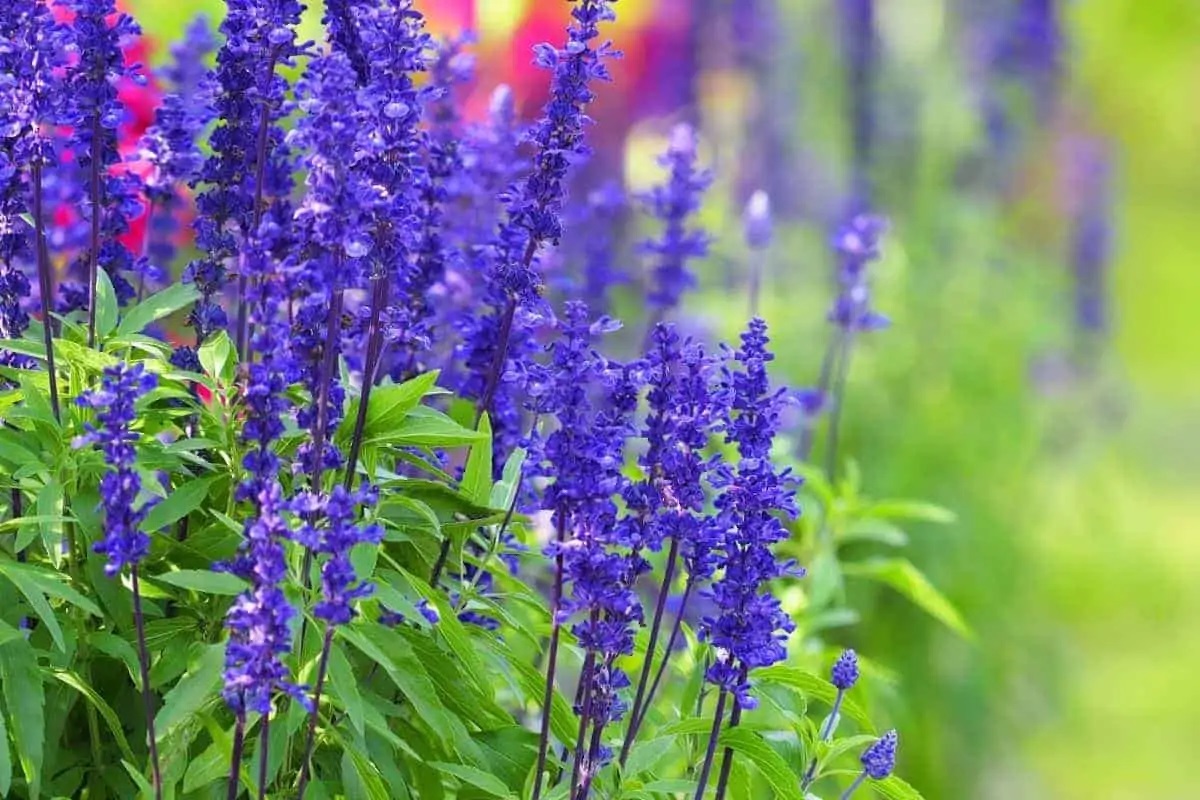
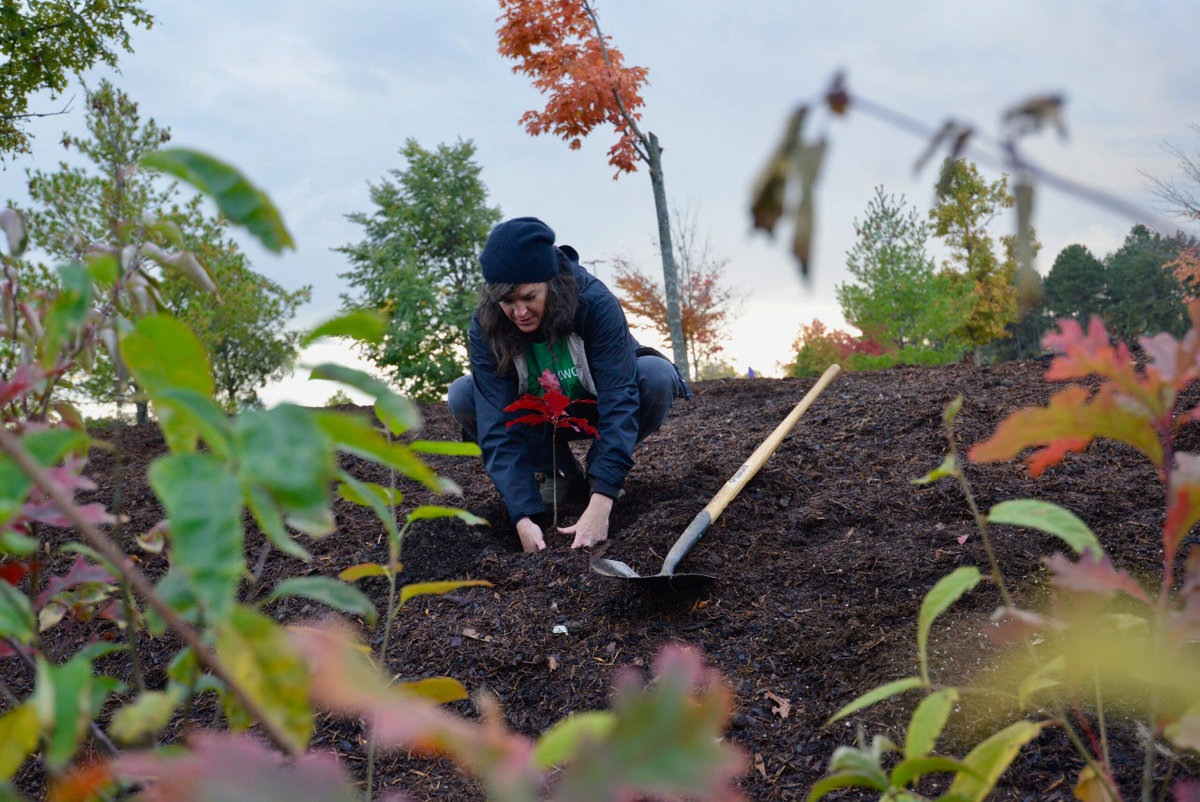

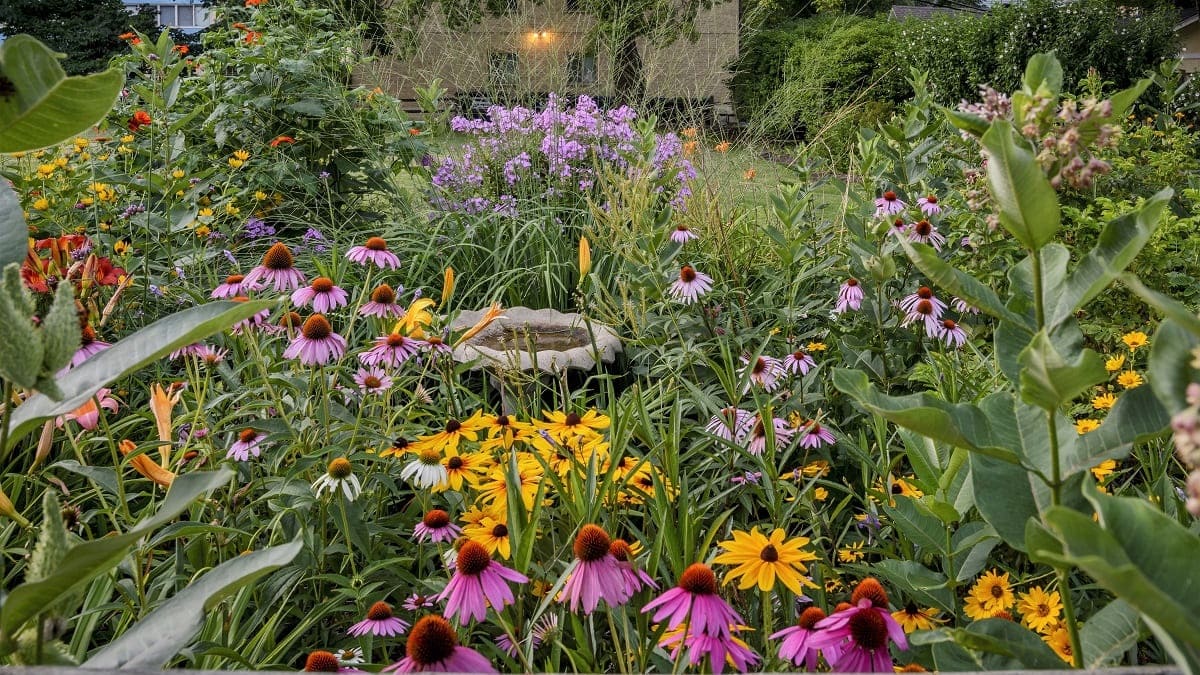
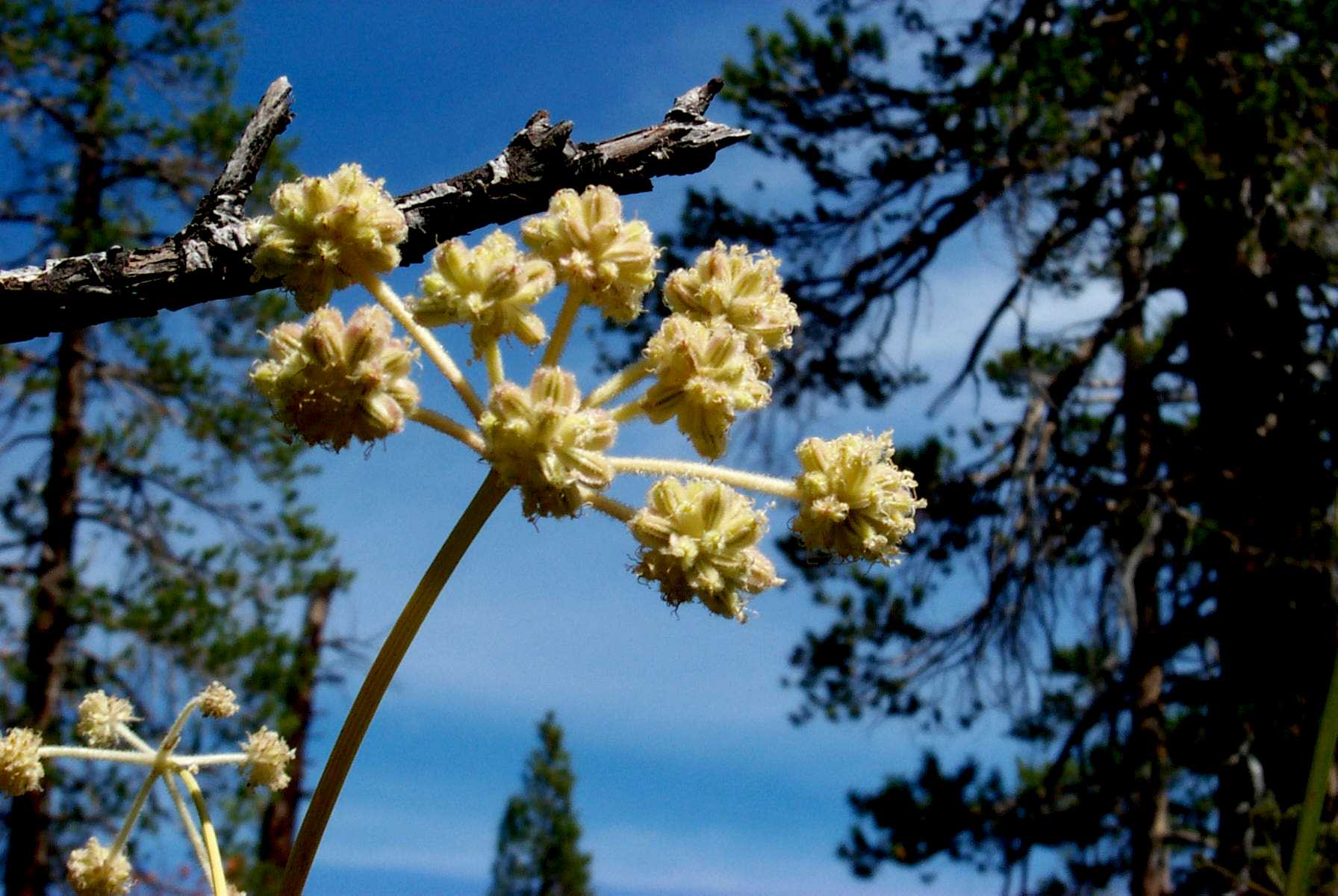
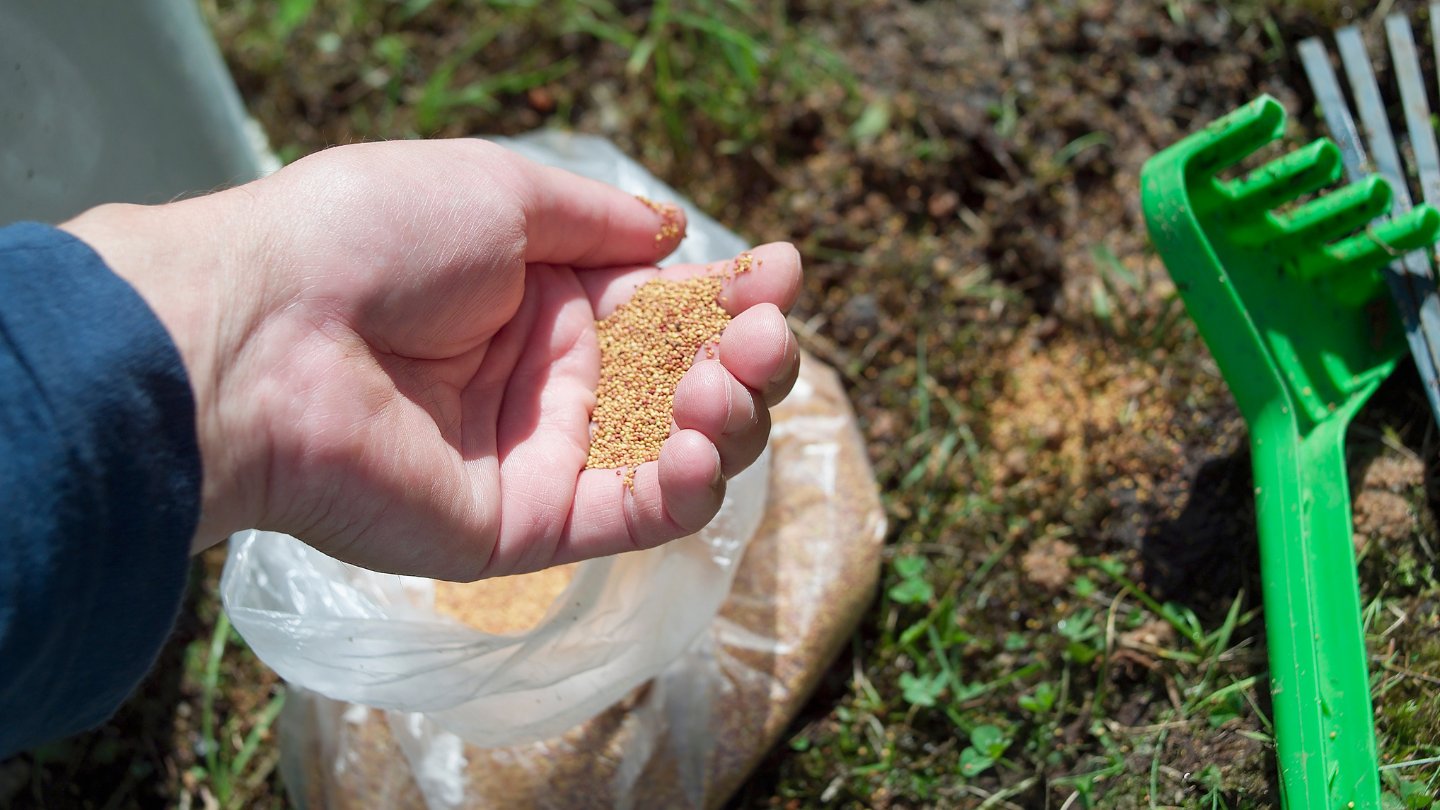
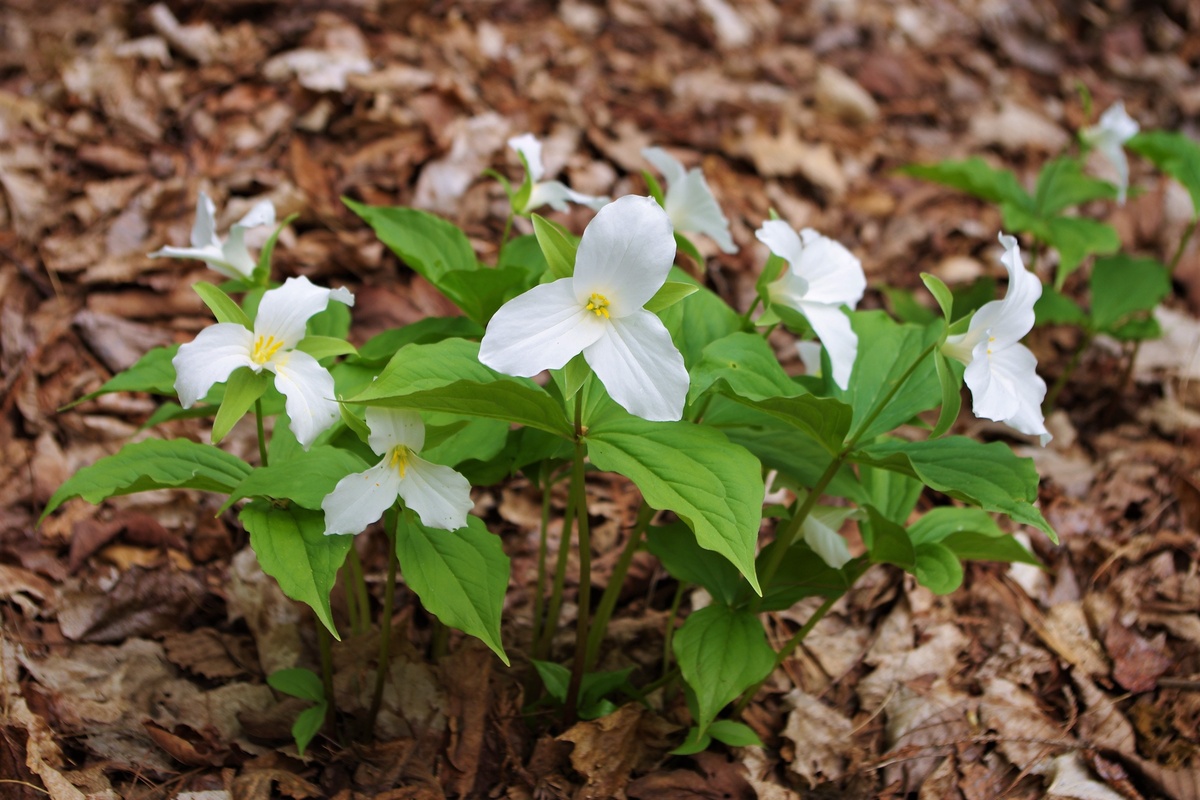

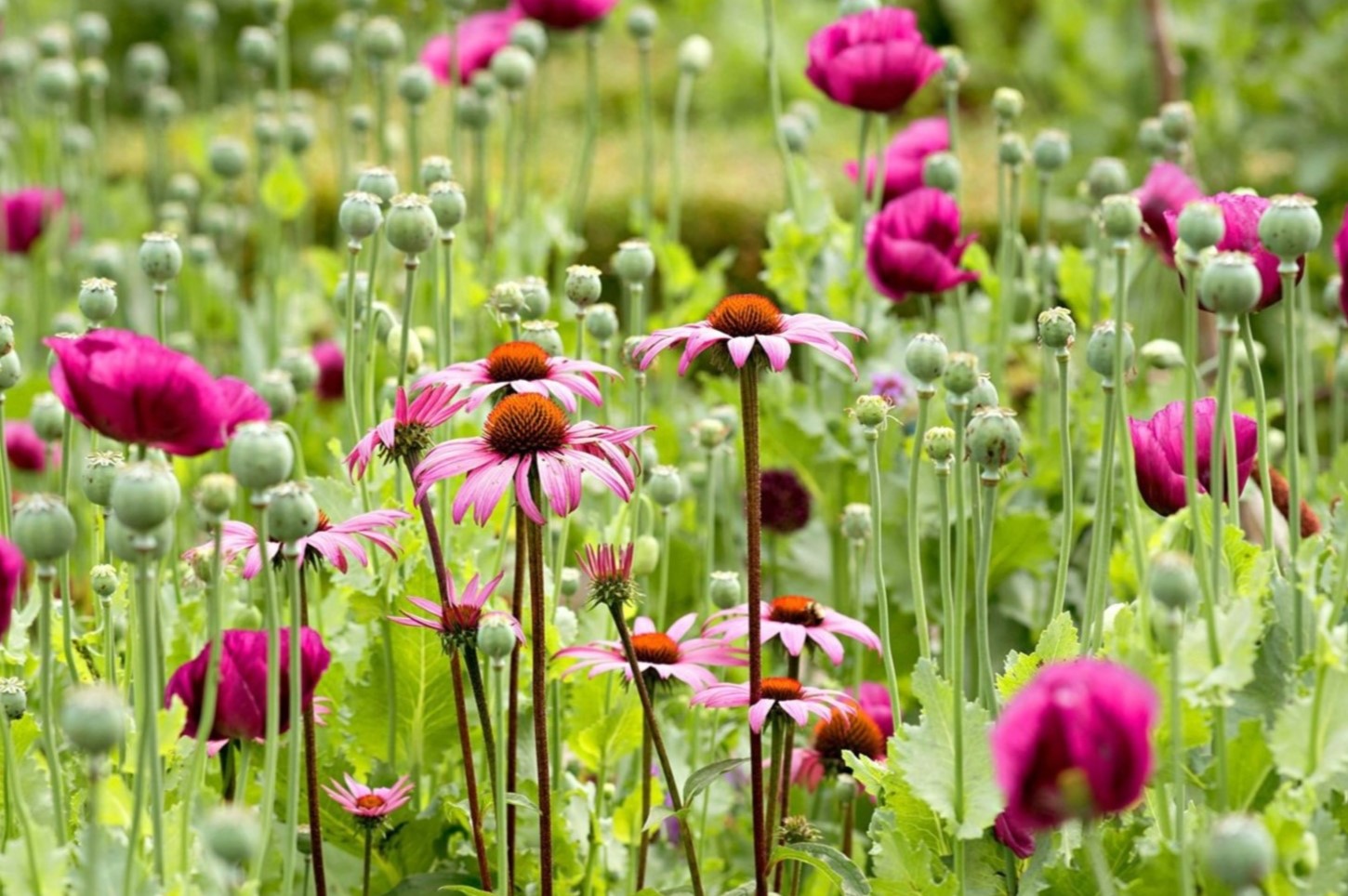
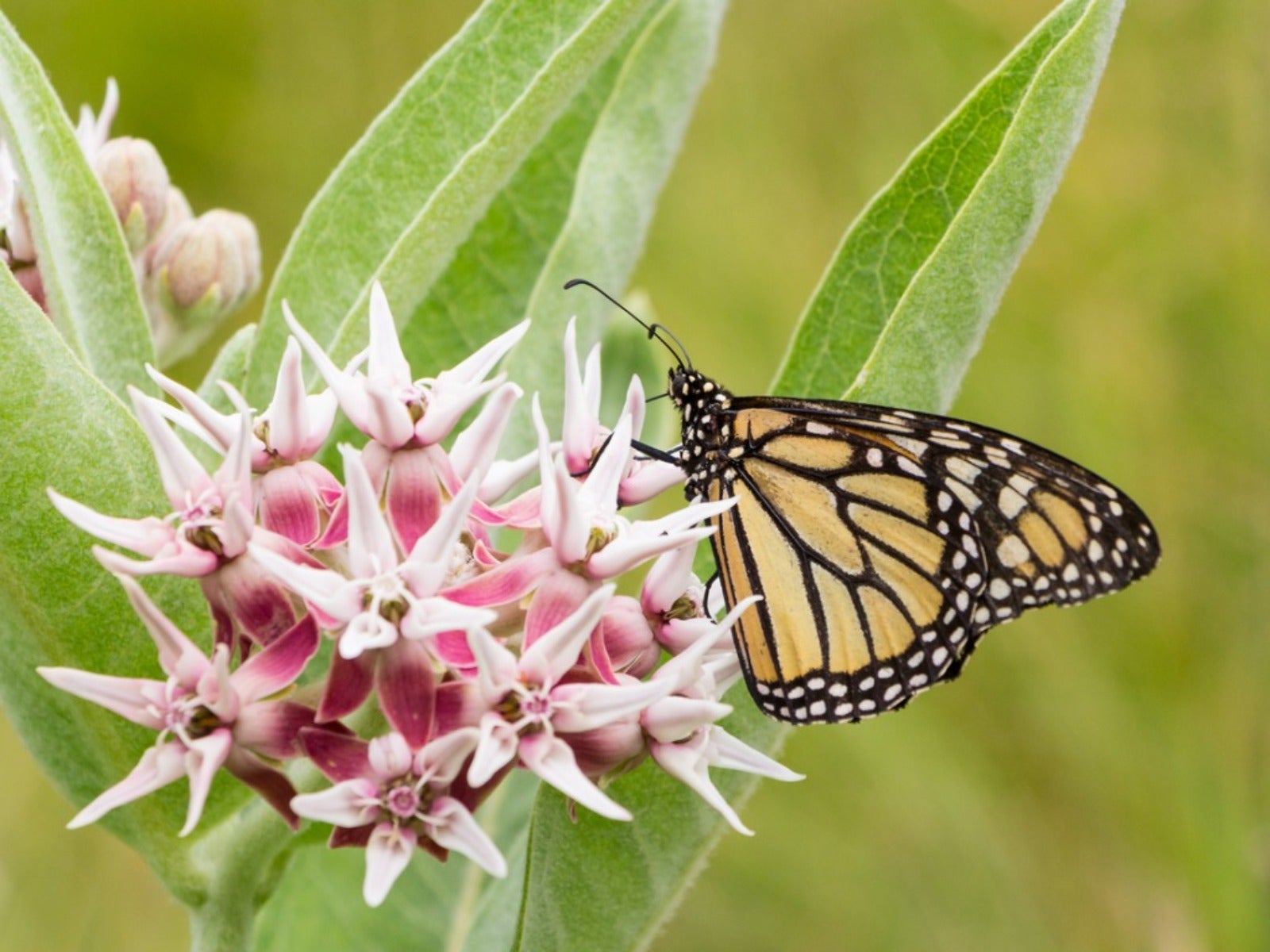
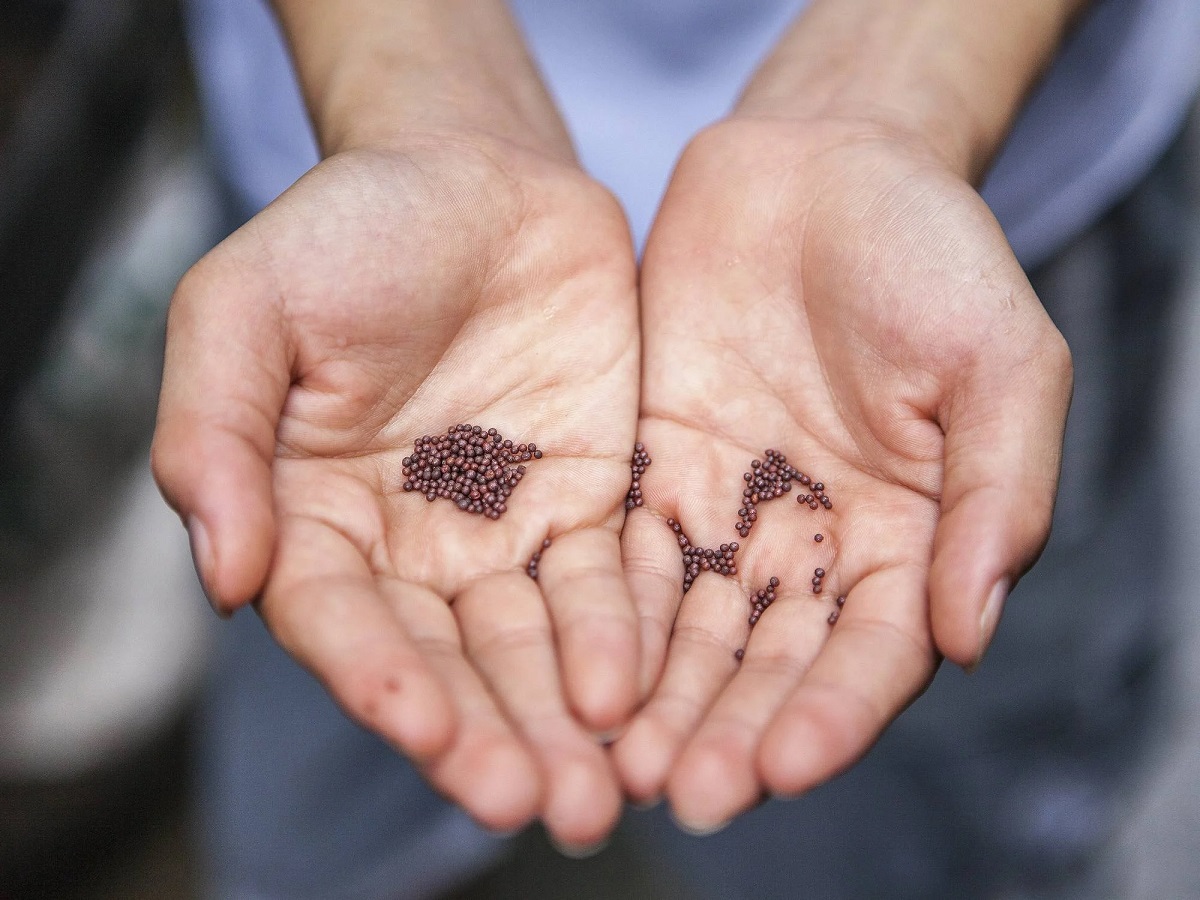
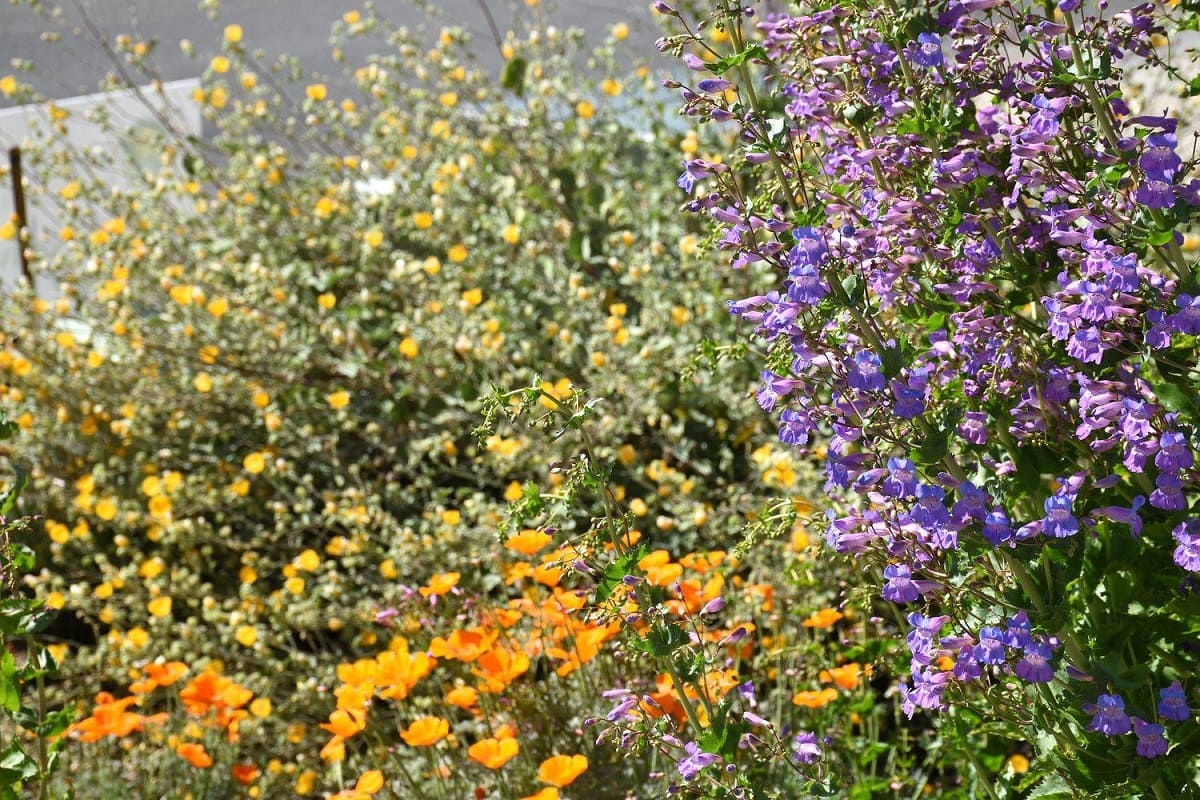
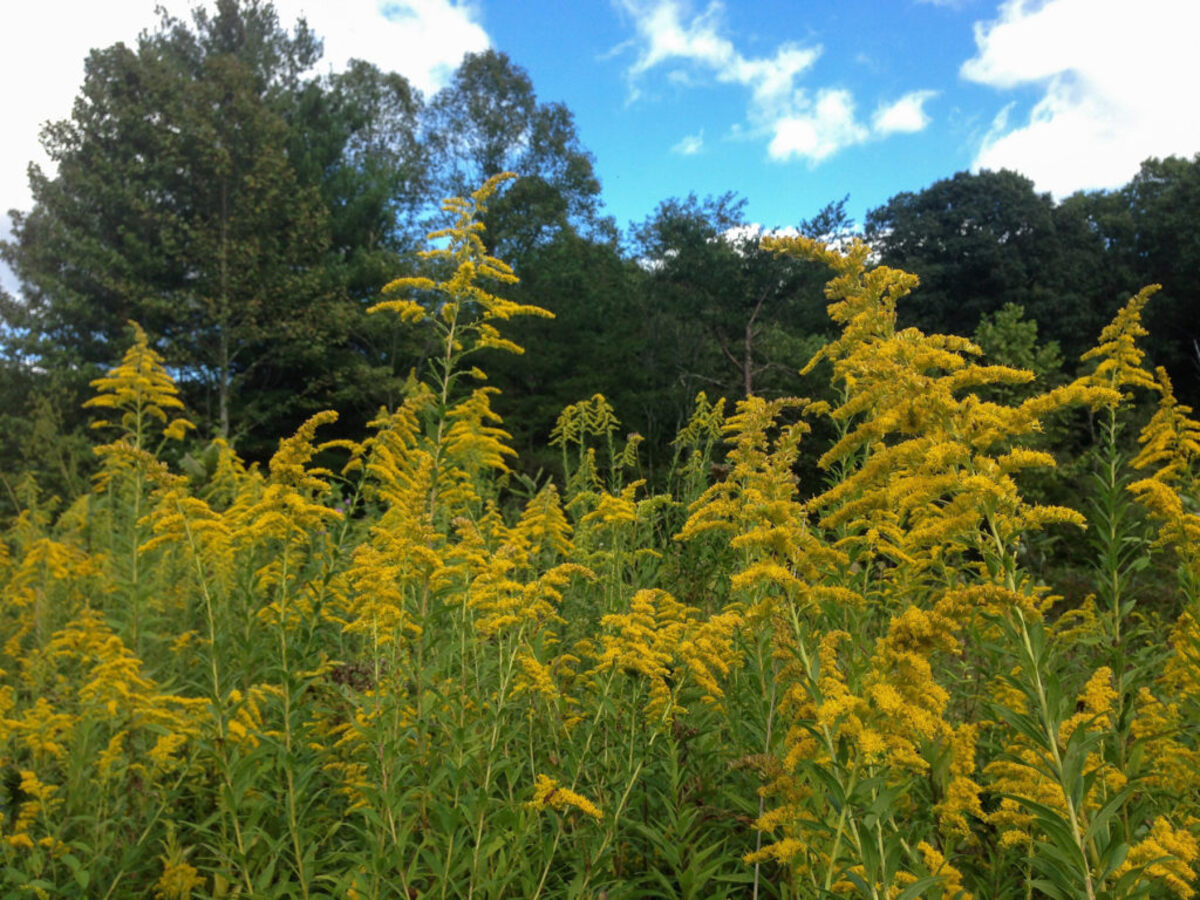

0 thoughts on “Why I Landscape With Native Plants: Wildflower Association Of Michigan”